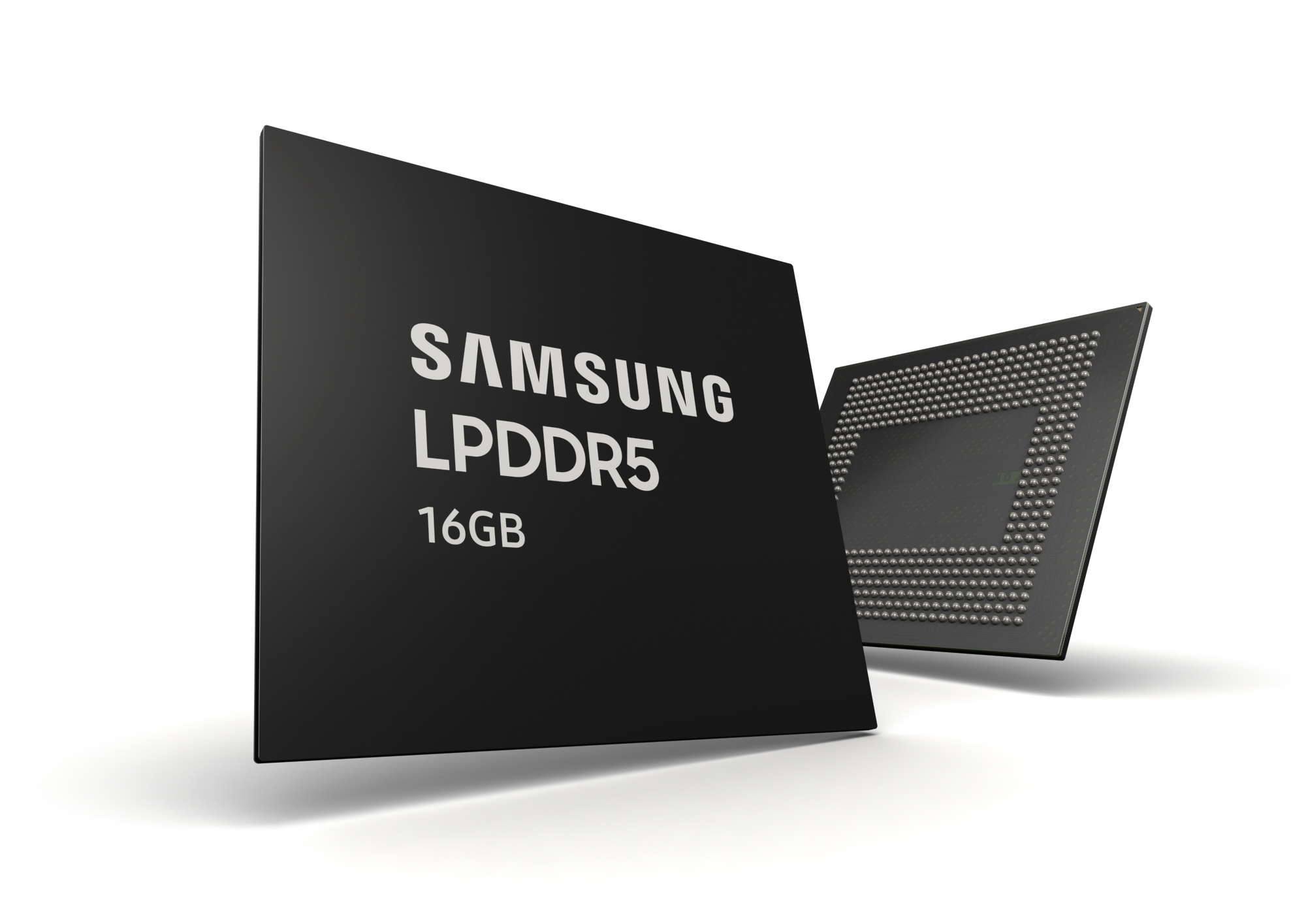
Samsung Electronics Co. Ltd. said today it has begun mass production of its most advanced dynamic random-access memory chips yet.
The 16-gigabyte LPDDR5 DRAM chip is designed for mobile devices and is being manufactured at the company’s Pyeongtaek plant in South Korea, using a new process called extreme ultraviolet lithography. That process involves using lasers and light-sensitive chemicals to etch silicon, and overcomes a “major developmental hurdle” in scaling RAM, providing much greater room for the industry to grow.
The South Korean tech giant is the leader of the global DRAM market, and the advent of the new chips makes it likely that the company will be able to extend that lead. It’s an important market for Samsung too, since the memory chip business accounts for about two-thirds of its overall revenue, dwarfing other businesses such as its smartphone unit and its household appliance division.
Samsung said the EUV manufacturing process results in a chip that is 30% thinner than its previous-generation chips. But despite the smaller size, the chips are also faster, averaging data transfer rates of 6,400 megabits per second. That means it can send 51.2GB of data, or the equivalent of 10 5GB movies, in just a second.
“The 1z-based 16Gb LPDDR5 elevates the industry to a new threshold, overcoming a major developmental hurdle in DRAM scaling at advanced nodes,” said Jung-Bae Lee, executive vice president of DRAM Product & Technology at Samsung. “We will continue to expand our premium DRAM lineup and exceed customer demands, as we lead in growing the overall memory market.”
Samsung said it will combine eight of the new chips to form a 16GB RAM package that’s intended for the next generation of premium smartphones due to arrive in 2021. The smaller size of the chips will mean either slimmer smartphone designs or more room for other components such as batteries and cameras. In addition, new smartphones based on the 16GB LPDDR5 will have more significantly more headroom for running simultaneous apps and performing more demanding tasks.
Samsung is also eyeing the automotive industry, where the new chips could be used to power faster and more powerful infotainment systems.
Image: Samsung
Since you’re here …
Show your support for our mission with our one-click subscription to our YouTube channel (below). The more subscribers we have, the more YouTube will suggest relevant enterprise and emerging technology content to you. Thanks!
Support our mission: >>>>>> SUBSCRIBE NOW >>>>>> to our YouTube channel.
… We’d also like to tell you about our mission and how you can help us fulfill it. SiliconANGLE Media Inc.’s business model is based on the intrinsic value of the content, not advertising. Unlike many online publications, we don’t have a paywall or run banner advertising, because we want to keep our journalism open, without influence or the need to chase traffic.The journalism, reporting and commentary on SiliconANGLE — along with live, unscripted video from our Silicon Valley studio and globe-trotting video teams at theCUBE — take a lot of hard work, time and money. Keeping the quality high requires the support of sponsors who are aligned with our vision of ad-free journalism content.
If you like the reporting, video interviews and other ad-free content here, please take a moment to check out a sample of the video content supported by our sponsors, tweet your support, and keep coming back to SiliconANGLE.
August 31, 2020 at 10:46AM
https://ift.tt/3hK4Hum
Samsung starts producing faster, thinner DRAM chips for next year's premium smartphones - SiliconANGLE
https://ift.tt/2RGyUAH
Chips

No comments:
Post a Comment